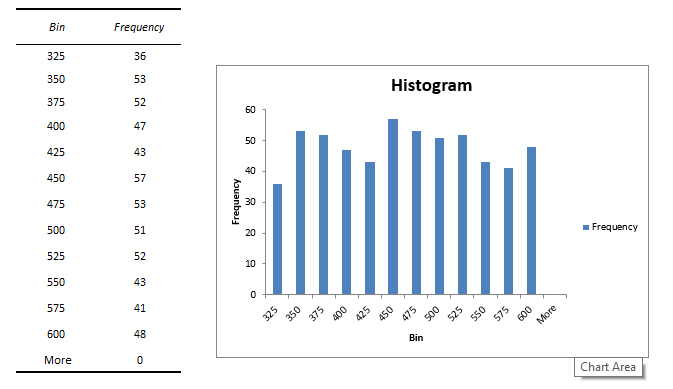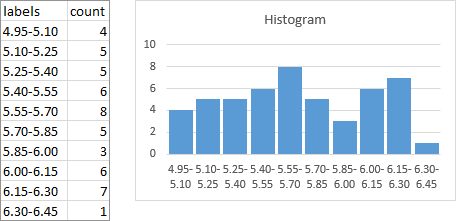

To learn more about the Pareto Chart you can read this post here over at This is often called the 80-20 rule, implying that 80% of the failures come from 20% of the types of defect, or that 80% of one’s sales come from 20% of one’s customers, or pretty much any 80-20 metaphor you can come up with. The Pareto Principle as explained in Wikipedia and FinanceReference, named for Italian economist Vilfredo Pareto, is based on the observation that most of the effects of an action come from a small amount of the causes. The largest items are listed first for emphasis.Ī Pareto chart includes a secondary line chart, symbolizing the cumulative percentage of the total. They are very visual as it can easily show you the biggest factors in the data set, like seeing which issues are the most common.Ī Pareto chart, also called a sorted histogram, is a column chart which sorts the data in descending order. Then click Colors and select a palette that has bright, contrasting colors (to illustrate the increased, decreased, and intermediate values most effectively).Pareto Charts are one of the many new Charts available only in Excel 2016. Scroll across the Design options and select one with lots of obvious movement. Tips: Use the Chart Design and Format tabs to customize the look of your chart.

(This is a typical example of data for a histogram.) On the ribbon, click the Insert tab, then click ( Statistical icon) and under Histogram, select Histogram. The chart appears with the Chart Tools/Design Ribbon menus. Follow these steps to create a histogram in Excel for Mac: Select the data.

Access your spreadsheet and select the applicable database.
DOING A HISTOGRAM IN EXCEL 2016 SERIES
A classic waterfall chart illustrates how an initial value is increased and decreased by a series of intermediate values, leading to a final value.ġ. Waterfalls are also called Bridge, Flying Bricks, and Mario charts, because the intermediate-value columns appear to be floating in midair. Use Waterfall to show how initial values are affected by a sequence of positive and/or negative numbers.

When finished, close the Format Data Series pane. Browse through the remaining options on the Series Options drop-down menu, including chart and plot areas, and axis settings. Next, select Chart Title from the Series Options dropdown menu, enter a new title, then adjust the alignment based on your preferences.Īgain, notice how the chart has changed. Then select Number and choose the number format you prefer from the list.Ħ. The histogram chart is created as the below screenshot shown. Select the whole table range and then click Insert > Insert Statistic Chart > Histogram. Under Axis Options > Bins, select By Category. For Tick Marks, choose whether you’d like to see them inside or outside the chart, or Cross (both inside and outside), or other options. If you are using Excel 2019 or 2016, you can apply the build-in Histogram chart type to easily create a histogram chart in Excel. Select Horizontal Category Axis from the list.ĥ. Click the down arrow beside Series Options and browse through the drop-down menu to ascertain how each of these options perform. Move the slider to change the gap width-that is, the space between each column on the chart.Ĥ. In the Format Data Series pane, click Series Options (the chart icon). Right-click any of the rectangles on the chart and select Format Data Series. Browse through the options and choose your favorite.ģ. The style changes are subtle, such as location of the legend or font attributes. Then click the paintbrush to change the chart’s style, design, and colors. Click the + sign to edit the chart elements: Axes, Axes Titles, Chart Title, Data Labels, Gridlines, and Legend.


 0 kommentar(er)
0 kommentar(er)
